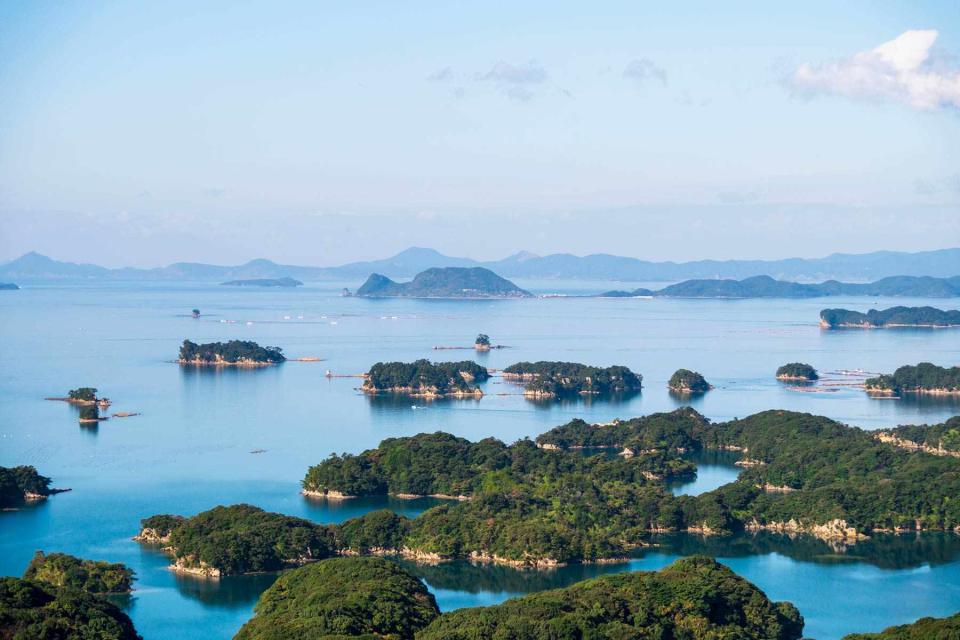Japan Just Discovered More Than 7,000 Islands It Didn't Know Existed
The Japanese archipelago actually has 14,125 islands — but this doesn't mean the size of the country has changed.

Jumoobo/Getty Images
A recent survey found that Japan has more than double the number of islands than the country previously accounted for.
Recently, the Geospatial Information Authority of Japan (GSI), identified 7,273 new islands, while the archipelago was believed to have 6,852 islands based on a 1987 report by the Japan Coast Guard.
(The GSI technically detected 100,000 islands, but only islands with a circumference of at least 330 feet were officially counted.)
However, this doesn't mean Japan's territory size has changed. The GSI said in a statement that the new findings "will not affect Japan's territory and territorial waters."
According to Tokyo-based news agency Kyodo News, there are a few explanations for this surprising revelation. First off, geospatial technology has improved since the last report, allowing mappers to properly identify small clusters of islands that were previously misidentified to be single landmasses.
Natural disasters and extreme weather are also continuously changing the island nation's landscape which could lead Japan to lose or gain land. According to Smithsonian Magazine, a Japanese islet called Esanbe Hanakita Kojima, which sat four-and-a-half feet above sea level, disappeared after being eroded by wind and ice.
Conversely, Japan can also gain land, like in In 2015 when a landslide resulted in a 984-foot strip of land latching onto Hokkaido, Japan's second-largest island. Additionally, In 2021, an underwater volcanic eruption 750 miles south of Tokyo created a crescent-shaped island, reported Kyodo News at the time. Islands created from volcanic eruptions often disappear from erosion — similar islands formed and disintegrated in 1904, 1914, and 1986.
Lastly, the definition of what an island actually is has changed. The 1987 assessment excluded sandbanks and islands found in lakes and rivers because the U.N. Convention on the Law of the Sea didn’t recognize those landmasses to be islands. Now, the regulating body defines an island as a "naturally formed area of land, surrounded by water, which is above water at high tide."
The territory of Japan is made up of four large islands: Honshu (Japan's main island that is home to cities like Tokyo, Kyoto, and Osaka); Hokkaido (Japan's northernmost island that has six national parks); Shikoku; and Kyushu. There are other smaller islands, like Naoshima — known as “art island” for its three modern and contemporary art museums — and Ōkunoshima, nicknamed Usagi Jima or "rabbit island" for the hundreds of wild rabbits that roam it.
For more Travel & Leisure news, make sure to sign up for our newsletter!
Read the original article on Travel & Leisure.

